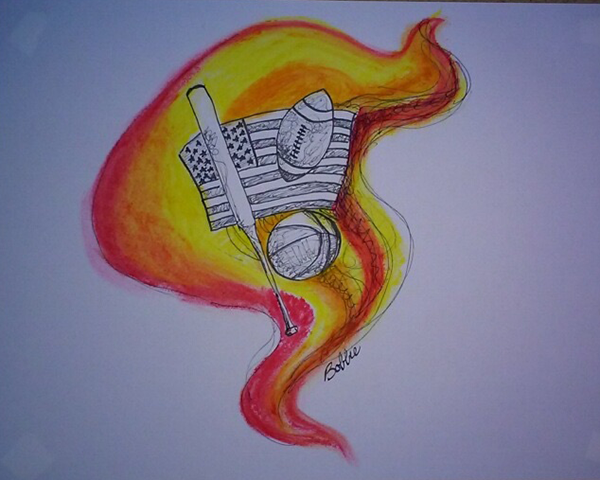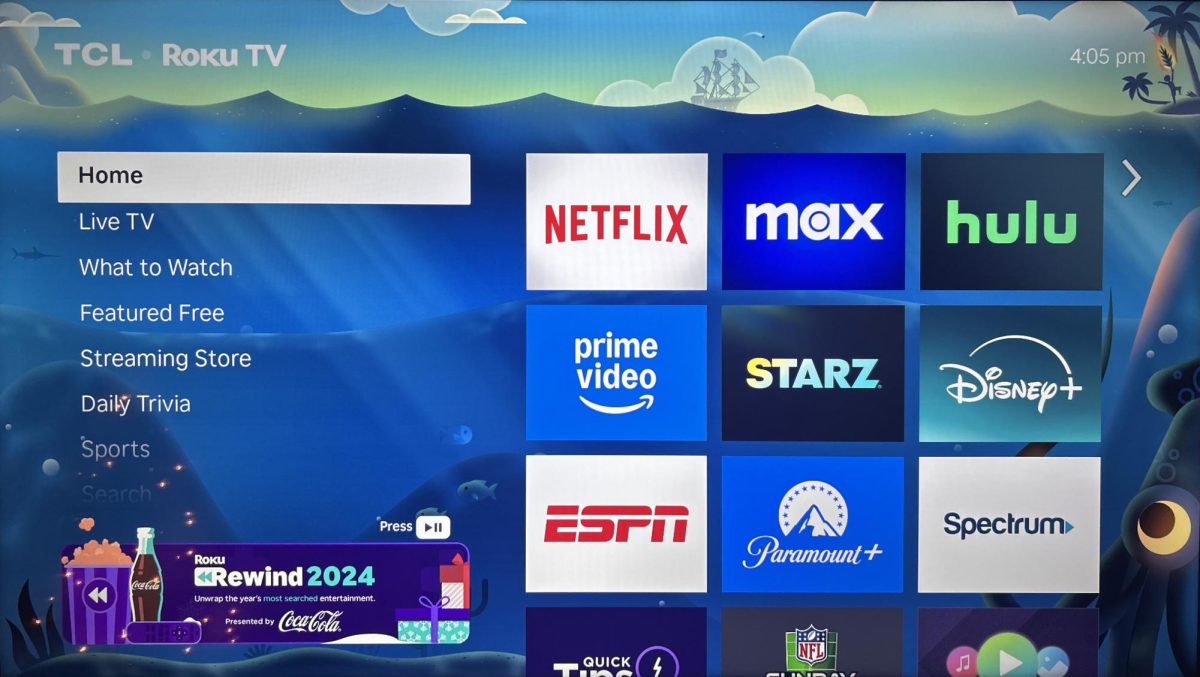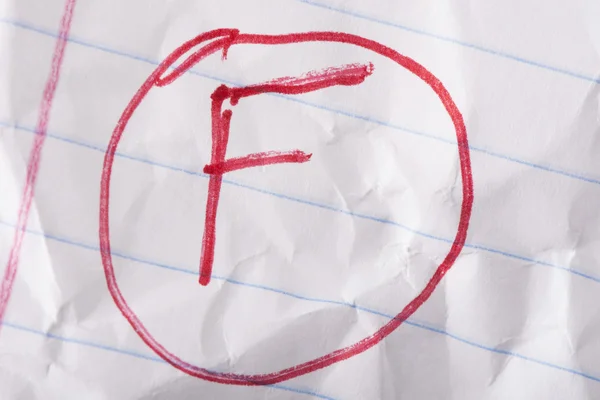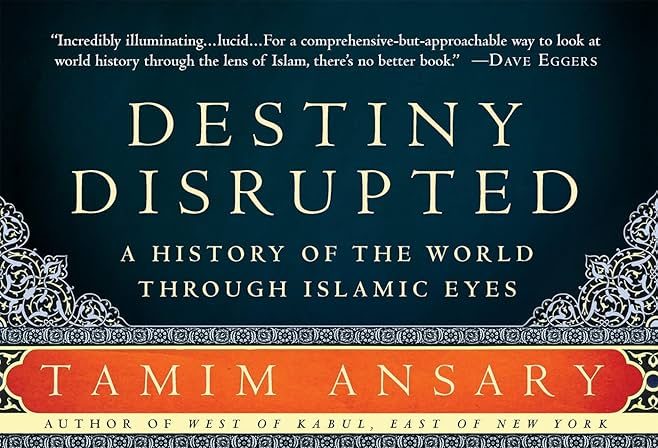Shock over a gay man drafted to play defensive end for the St. Louis Rams, Drake claiming he can shoot a basketball better than the great Stephen Curry, and a Budweiser commercial showing a fleet of jets flying above the Gateway Arch in St. Louis: these reflections of the three biggest American professional sports associations reveal an aspect of their subliminal image in American culture.
An analysis of how leagues are culturally represented shows many aims or tributes from similar types of audiences even though every association has many types of fans. Though this builds a loyal, uniform fan base, I believe this can confuse and even scare away potential supporters due to rigid associations between sports leagues and unruly fans.
For the National Football League, American culture likes to portray this type of fan as the middle-aged, middle class man who buys American products such as pickup trucks and beer and tends to become highly vocal and animated for his team’s success. However, this stereotype, while not totally representative of fans, is not the most attractive representation of an organization.
Consider the “Black Hole” of the Oakland Raiders: newcomers to the Oakland Coliseum may not feel encouraged to subscribe to this sport if their trial NFL experience begins with a fan base of inebriated, grown men screaming expletives. This mad passion of overzealous fans therefore scares away some potential fans and revenue for NFL, even though every team has fans that are similar and different to those of the Raiders.
Another major sports following is the Major League Baseball’s loyal audience, who have proclaimed the sport as “America’s Pastime.” These fans are also stereotyped as high product consumers and middle-aged patriotic suburbans. Patriotism may be the biggest attribute of this image; each game has at least two performances of traditional American songs and commonly pays tribute to American armed forces.
The most prominent theme of the MLB says, “You aren’t American unless you love baseball.” Comparatively, these fans are more collected and observant than the NFL’s, mostly because baseball is more of a game of numbers and focus than physical empowerment. The etiquette of this sport can throw off many people, including uninformed observers due to complicated rules and those uncomfortable with the American traditions. The fan base of this organization is extremely loyal but can seem exclusive, which is not the best popular model.
Finally, the NBA has become one of the most unique and influential associations from its revolutionary history. The NBA maintained mainstream appreciation despite its urban fan base and foundation. This organization has progressively revolutionized America, making strides for African American culture, AIDS awareness and other worthy causes like urban development. Unfortunately, this association with black culture often turns off racist fans who would support the sport but not necessarily the majority of players who are African American. This league has done nothing but good for this oft-misguided country and should continue to fight sentiments of racism.
These stereotypes are not hard to see for anyone who has attended a game of any of these leagues. It goes without saying that these stereotypes don’t dominate every sport. Each association has a diverse group of fans. The elements of each league’s sports undeniably creates a stereotypical fan population and not all are model participants. These leagues should try their best to make attendance and appreciation objective.
Sean Daly can be reached at orionopinioneditor@gmail.com.









